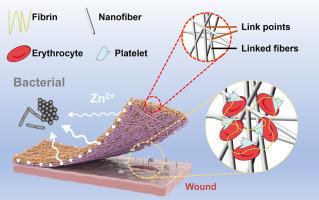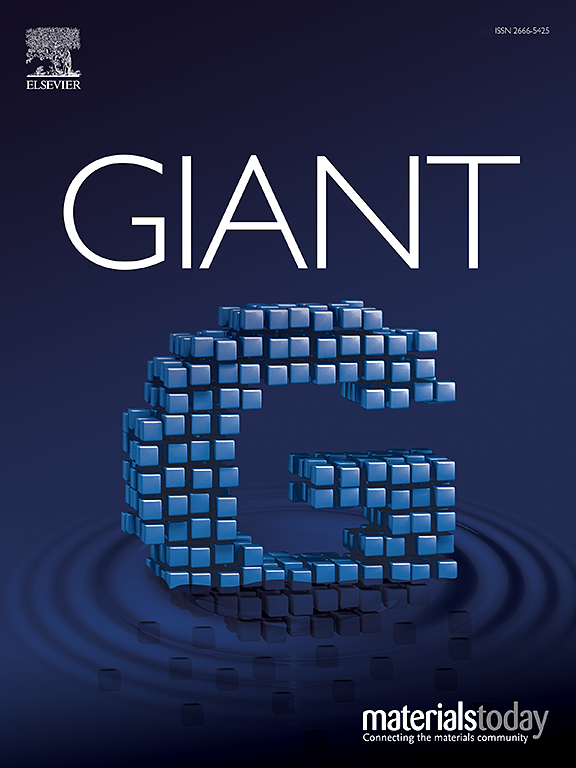Skin-like breathable wound dressings with antimicrobial and hemostatic properties
Abstract
Wound healing requires a contamination-free, sterile, and breathable environment. However, to develop an ideal wound dressing with all these functionalities simultaneously poses significant challenges. In this study, we designed a wound dressing that mimics the structure of skin with good breathability and protective functions. The wound dressing consists of a hydrophilic Poly(3-hydroxybutyrate-co-4-hydroxybutyrate) (P34HB) membrane coated with zinc oxide nanoparticles and a hydrophobic polyvinylidene fluoride (PVDF) membrane. Meanwhile, plasma treatment was also utilized to bond the two layers, resulting in an enhancement of 60 % in mechanical properties. The crosslinked fibrous membranes exhibited uniform stress distribution when stretching. Due to the unique structures of the wound dressing, it demonstrates wound exudate management, antibacterial functions, and hemostatic properties. The hydrophobic layer guided wound exudate towards the hydrophilic layer and the zinc oxide nanoparticles acted as a barrier against external bacteria and released zinc ions to inhibit bacterial growth in the exudate. Moreover, the water vapor transmission rate (WVTR) was measured to be over 86.55 kg/m2/day, the hemolysis rate was 2.38 %, and an impressive 81.98 % healing rate was recorded during in vitro wound healing. This skin-mimicking wound dressing shows great potential as a promising solution for the therapy of chronic wounds and infections.


 求助内容:
求助内容: 应助结果提醒方式:
应助结果提醒方式:


